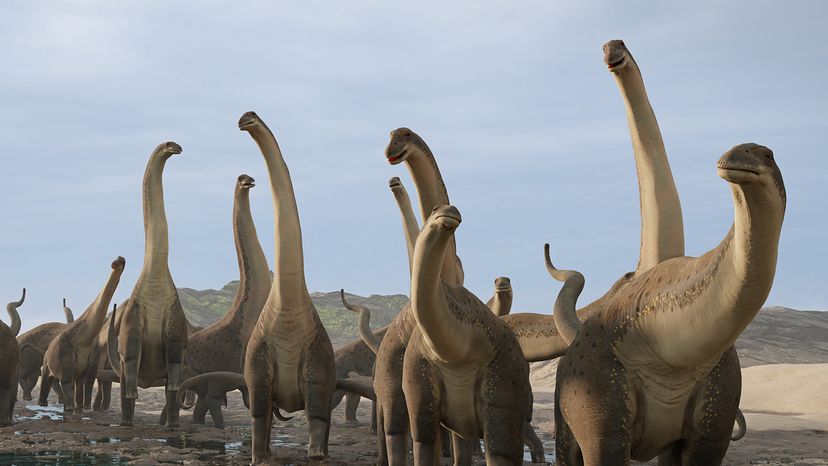
That's the titanosaur, one of the largest land animals to ever exist, dwarfing nearly everything around it. Roaming the planet during the Late Cretaceous period — approximately 100 million years ago — titanosaurs are part of a family of sauropod dinosaurs known for their massive size, long necks and incredible diversity.
These herbivorous dinosaurs were discovered from the fossilized remains scattered across continents, helping scientists piece together their mysterious past. With a name derived from the Titans of Greek mythology, the titanosaur is a testament to the sheer scale of life on Earth.
Advertisement
As one of the last groups of sauropods before the end of the dinosaur age, titanosaurs represent an evolutionary triumph of adaptability and survival.